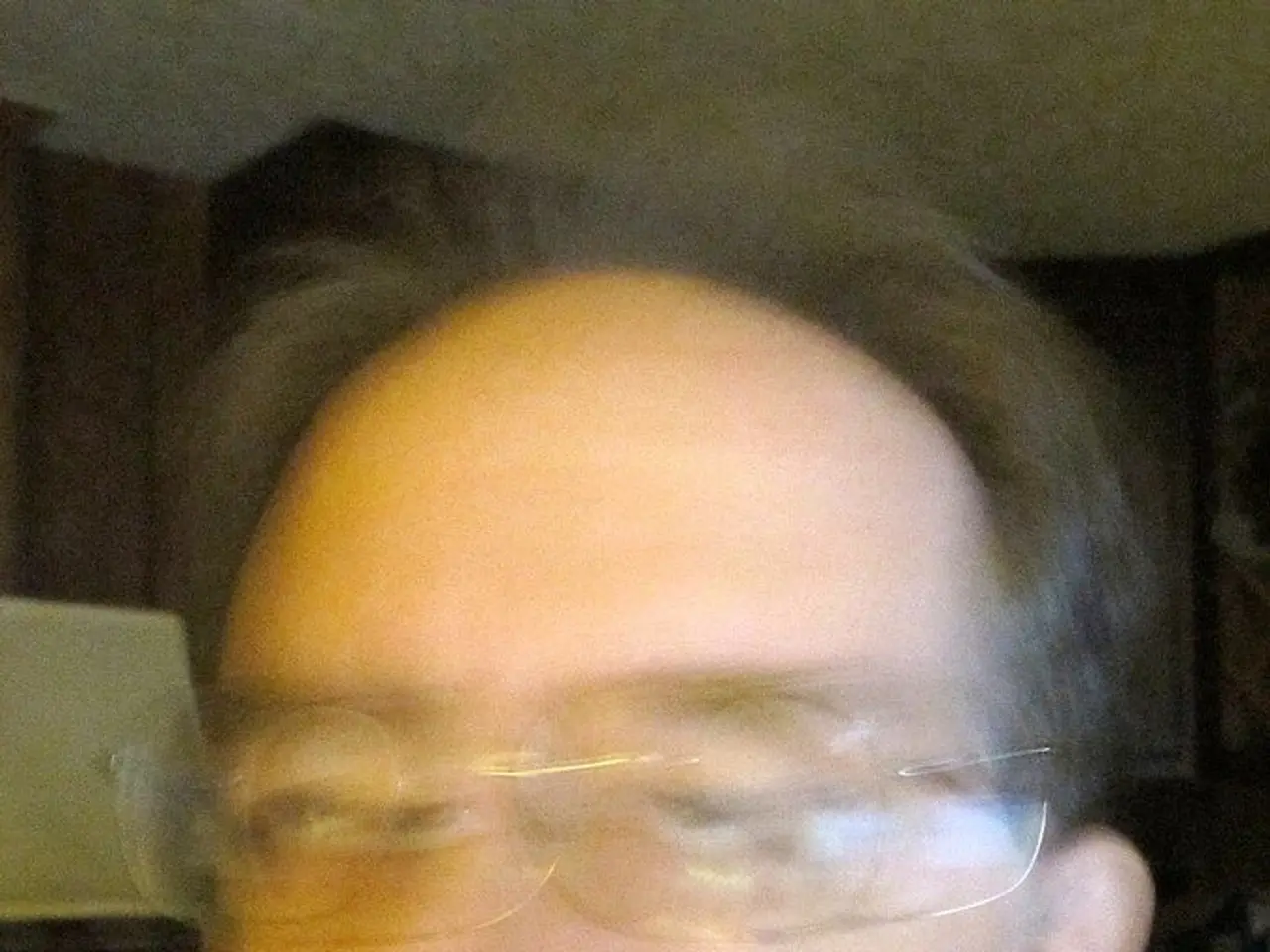Stroke and Hemianopia Connection: Exploration, Remedy, and Prognosis
Living with Hemianopia: Understanding and Managing Visual Field Loss
Hemianopia is a common type of visual field loss that affects a significant number of people, particularly following a stroke. This condition occurs when there is damage to the visual pathways in the brain, causing the loss of half of a person's peripheral vision in both eyes.
Causes
The primary cause of hemianopia is often a stroke, particularly infarcts or hemorrhages affecting the occipital lobe or the visual pathway behind the optic chiasm. Brain injury, including trauma or surgical resections, can also lead to hemianopia. Other causes include lesions compressing the optic pathway from tumors or other masses, and brain disorders such as Balint syndrome.
Symptoms
People with hemianopia will be unable to see the right or left side of their vision in each eye, making it harder for them to see objects or areas on the side of their vision loss. This can lead to reduced spatial awareness, problems with visual coordination, and difficulties with navigation. Patients may report bumping into objects or feeling dizzy, nauseous, or experiencing vertigo.
Treatments
There is no cure for hemianopia, but treatments can help people adapt to visual field loss and manage day-to-day living. Acute stroke treatment aims to restore blood flow or stop bleeding, depending on the type of stroke. Long-term therapy includes low-vision rehabilitation, occupational and physical therapy, and surgical decompression or corticosteroids in cases of compressive lesions.
In some cases, it may be possible to test whether a person with hemianopia is safe to drive using a driving simulator with an examiner. Treatment of hemianopia may also include prism glasses, saccadic training, scanning techniques, reading aids, computer programs, and therapies to improve reading.
Prevention
Preventing hemianopia involves managing high blood pressure, achieving and maintaining a healthy weight, getting regular physical activity, avoiding smoking, limiting alcohol, managing existing health conditions, and taking necessary medications.
Recovery
Recovery from hemianopia can vary, with around 50% of people experiencing improvement within 3-6 months following a stroke. With early intervention and appropriate treatment, some people may regain a significant amount of their lost visual field.
In summary, hemianopia results from brain injury such as stroke or trauma causing lesions in visual pathways, manifesting as loss of half the visual field. It is managed through urgent stroke care combined with long-term visual and rehabilitative therapies tailored to the individual's needs. Preventing hemianopia involves maintaining a healthy lifestyle and managing existing health conditions.
- The survivor of a stroke may develop neurological disorders like hemianopia, a condition characterized by blindness in half of one's visual field.
- Science has made strides in understanding and managing medical conditions, such as hemianopia, through various therapies and treatments like low-vision rehabilitation, occupational therapy, and prism glasses.
- In the workplace-wellness sphere, employers can accommodate stroke survivors with visual field loss, like hemianopia, by promoting health-and-wellness programs that include fitness-and-exercise routines and mental-health support.
- Medicare, being the federal health insurance program for individuals over 65 and certain other groups, covers necessary treatments for stroke survivors managing conditions like hemianopia, as well as other neurological disorders.
- Cancers and other severe medical conditions can lead to stroke-induced hemianopia, a reminder of the importance of regular medical check-ups and early intervention for effective management and recovery.
- Lifestyle choices, such as maintaining a healthy diet, regular exercise, and managing stress, can contribute to the prevention of not only cancer and other diseases but also the risk of developing hemianopia and other neurological disorders.




